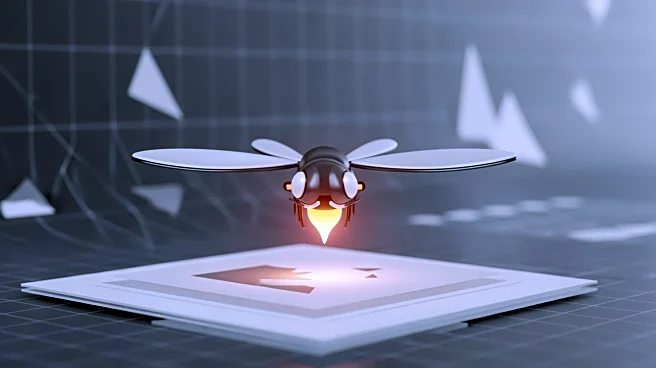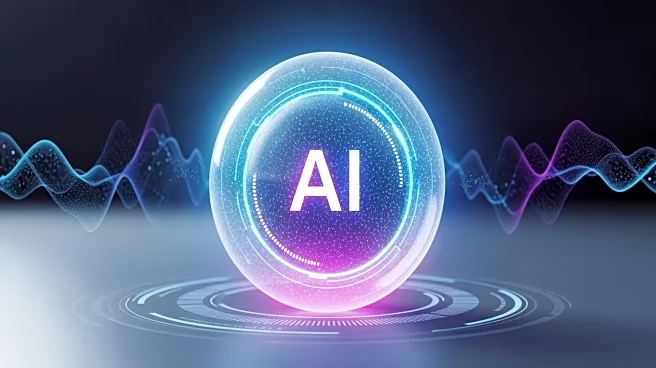What's Happening?
Canva has launched its own design model, which is capable of understanding design layers and formats to enhance its features. This new model allows for the creation of designs with editable layers and objects, rather than flat images, and works across
various formats such as social media posts, presentations, and websites. The company has also updated its AI assistant, Canva AI, which now offers a chat-like interface for generating visual content from text prompts. Additionally, Canva has introduced a spreadsheet tool and app-building feature that enables users to create data visualization widgets. The company aims to provide users with the ability to start with a prompt and iterate directly on their designs.
Why It's Important?
The introduction of Canva's new AI design model signifies a significant advancement in the integration of AI within creative tools, potentially transforming how users interact with design software. By offering editable layers and objects, Canva is enhancing user control and flexibility, which could lead to increased productivity and creativity among designers. The updates to Canva AI and the introduction of new features like data visualization widgets and app-building capabilities further position Canva as a comprehensive platform for both design and data management. This development could impact the design industry by setting new standards for AI-driven design tools, challenging competitors like Adobe.
What's Next?
Canva's continued expansion into AI-driven design tools suggests further developments in user interface and functionality enhancements. The integration of AI across its platform may lead to more sophisticated design capabilities and potentially attract a broader user base, including professional designers and businesses seeking efficient design solutions. As Canva continues to innovate, it may also influence other companies in the design software industry to adopt similar AI technologies, potentially leading to a shift in industry standards.
Beyond the Headlines
The ethical implications of AI in design, such as the potential for AI-generated content to replace human creativity, could become a topic of discussion. Additionally, the integration of AI in design tools raises questions about data privacy and the security of user-generated content. As AI becomes more prevalent in creative industries, there may be a need for regulations to ensure ethical use and protection of intellectual property.














